
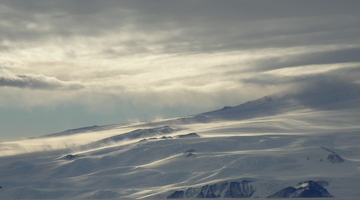
Antarctica is the coldest, driest, windiest and highest continent on Earth. What makes the frozen continent so valuable to scientists and vulnerable to human contact? Every year, scientists and ...
READ MORE

NIWA’s research vessel the Tangaroa went on an 8-week voyage to the Ross Sea to survey the marine environment and explore biodiversity in the region. The journey from February until mid-March ...
READ MORE
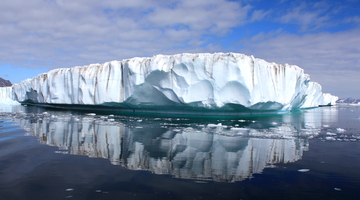
One implication of climate change is sea level rise. Sea level is the average height of the ocean relative to the land, between the high and low tides. The rising global temperature is causing ...
READ MORE
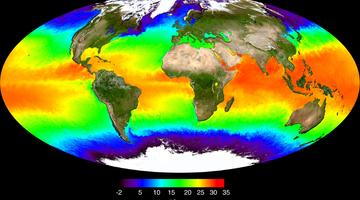
In this activity, students look at what happens when hot and cold water meet. By the end of this activity, students should be able to: discuss how temperature affects the density of water discuss ...
READ MORE

In this activity, students build simple models to demonstrate the differing impacts of melting land ice and sea ice on sea level rise. Rights: The University of Waikato Te Whare Wānanga o Waikato ...
READ MORE

This teacher resource lists selected articles from the Connected and School Journal reading series that support science concepts when teaching about climate change. Connected and School Journal ...
READ MORE
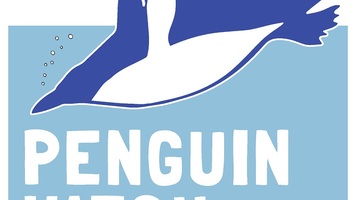
Help scientists establish valuable baseline data about the numbers, locations, habits and health of penguins in a range of Southern Ocean sites. This information will enable better understanding ...
READ MORE
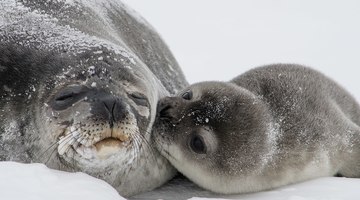
Weddell seals and orca are among the top predators in the Ross Sea region of Antarctica, and more than half of the Weddell seal population can be found in the Ross Sea. Information about changes ...
READ MORE
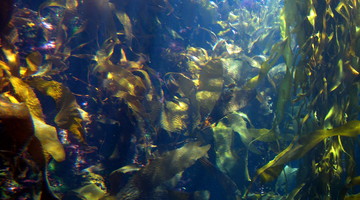
Kelp forests are one of the most biodiverse habitats on Earth. Every nook and cranny is jam-packed with life! This citizen science project wants to understand more about how kelp forests grow and ...
READ MORE

Climate change is one of the world’s big issues. It is also a big topic to tackle in the classroom. The Hub’s planning pathways interactive suggests ways in which climate change can be broken ...
READ MORE
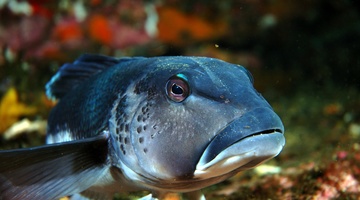
There are many marine classroom activities and resources on the Science Learning Hub useful for Seaweek 2015. This online PD session recorded on 19 February 2015 shows primary and secondary ...
READ MORE

Seaweek is New Zealand’s annual national week about the sea. It is coordinated by the Sir Peter Blake Marine Education and Recreation Centre (MERC) and includes a wide range of events ...
READ MORE
To keep Antarctica as pristine as possible all impacts from human presence have to be kept to an absolute minimum, this includes human wastes. The field camp has an out-doors toilet that consists ...
READ MORE
Stacey Mulgrew, the Land Information representative gives a tour of the ship. Stacey starts on deck and explains the decks of the ship using the ship’s deck plans. She shows where one of the ...
READ MORE
Dr Katja Riedel of NIWA explains why she enjoys her research in Antarctica and what fascinates her about this place.
READ MORE
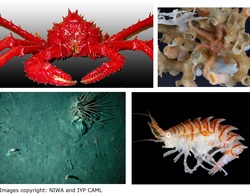
This short slideshow shows some of the animals found in the Antarctic benthic zone. Use the Slideshow menu for further options, including view full screen, and go here for the download option.
READ MORE
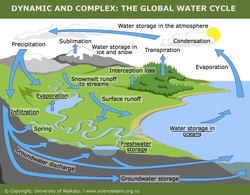
Water in the Earth system is influencing all aspects of life on Earth. Pathways, storage, transfers and transformations have an effect on the global climate and human welfare. Within this ...
READ MORE

This interactive groups Hub resources into key science and teaching concepts. The article Climate change resources – planning pathways provides pedagogical advice and links to the New Zealand ...
READ MORE